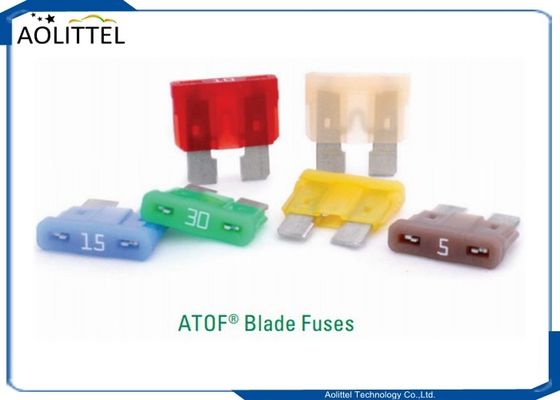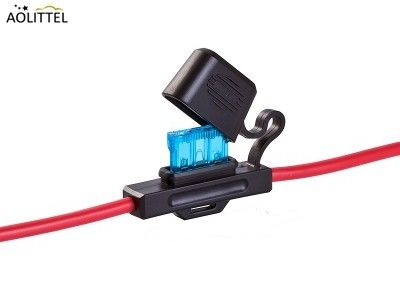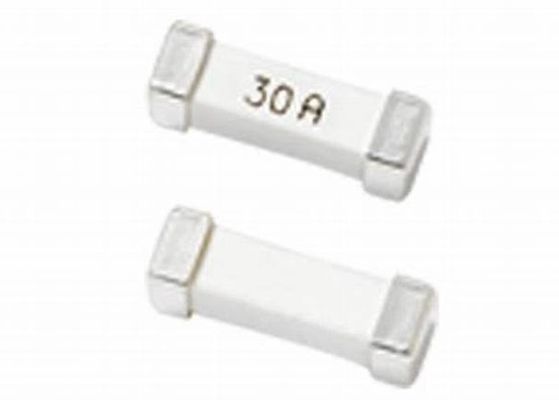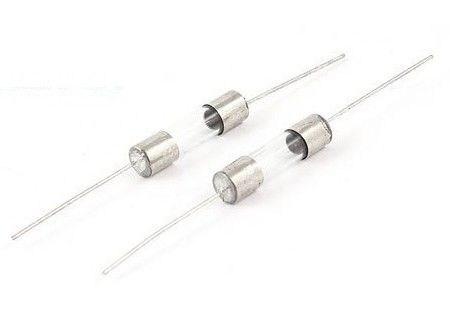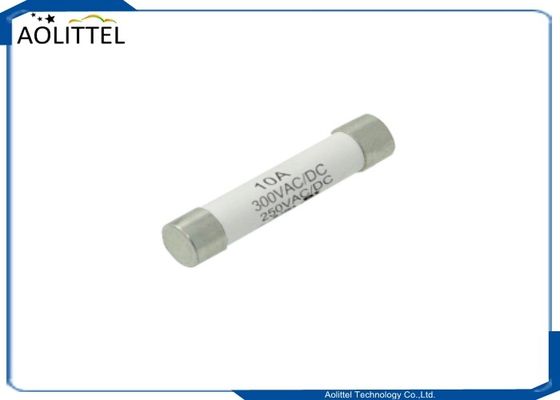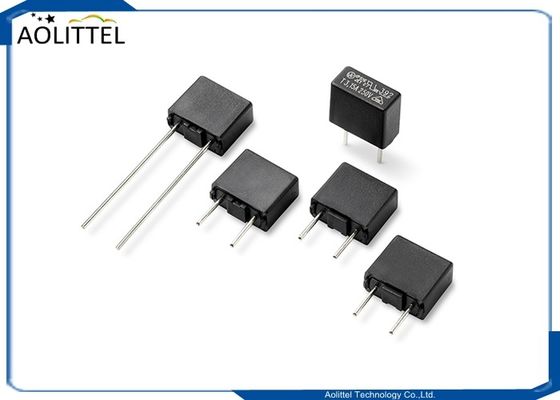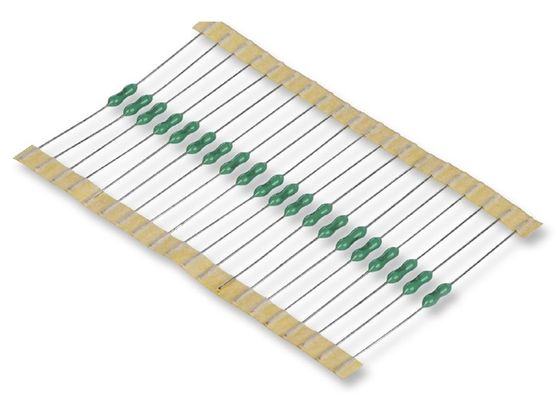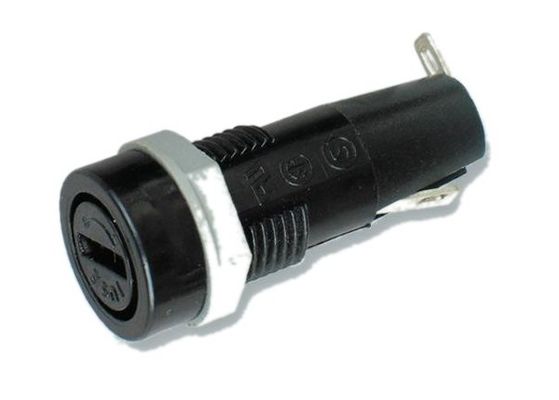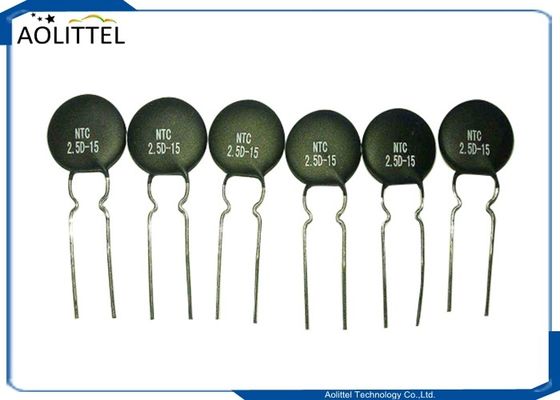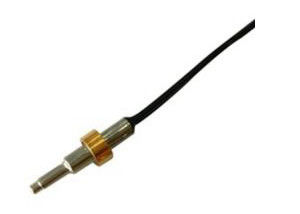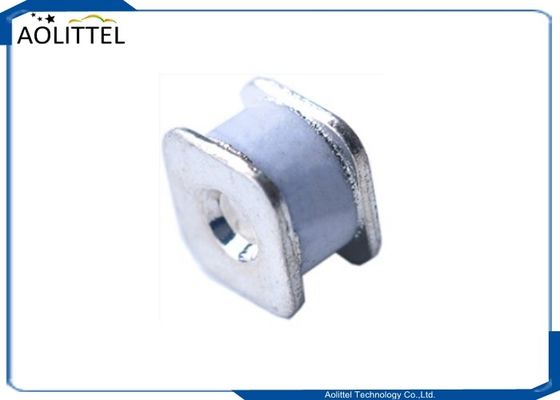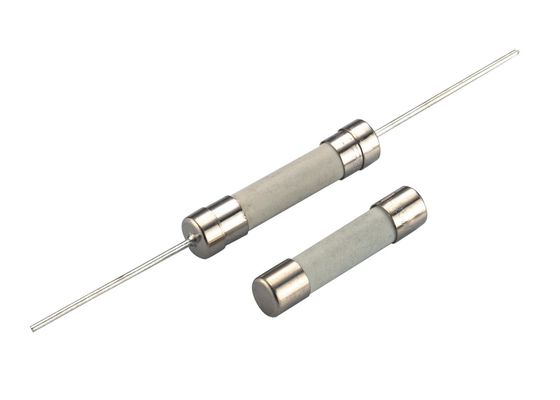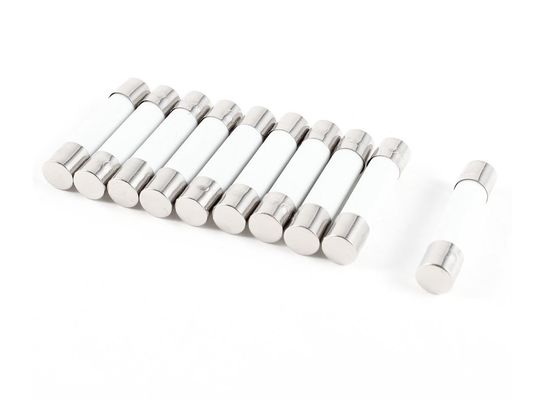Canada cUL Certificated 6.3mmx32mm Quick Blow Cartridge Sand Filled Ceramic Tube Fuses 100mA-50Amp For DC Applications
Description
Aolittel BMF series ceramic tube fuse , designed according to UL 248 -1 / -14 , dimension in 6.3 x 32 mm ,specially for primary protection, rated currents from 100 mA to 50 A, UL,cUL listed , Pigtails optional .
___________________________________________________________ Download________
Download________
Agency Approvals
|
Voltage Rating
|
Agency
|
Ampere Range
|
Agency File Number
|
| 250VAC |
UL |
100mA ~ 50A |
JDYX2.E365879 |
| C-UL |
100mA ~ 50A |
JDYX8.E365879 |
Dimension mm
Without lead

Axial leaded

Specification
A=250VAC
|
Part
No.
|
Ampere
Rating
|
Voltage
Rating
|
Breaking
Capacity
|
Agency Approvals |
| UL |
cUL |
| BMF0100A |
100mA |
250V |
35A@250V AC (100mA~1A);
100A@250V AC (1.25A~3.5A);
200A@250V AC (4A~10A).
750A@250V AC (12A~30A).
1000A@250V AC (32A~50A)
|
● |
● |
| BMF0160A |
160mA |
250V |
● |
● |
| BMF0200A |
200mA |
250V |
● |
● |
| BMF0250A |
250mA |
250V |
● |
● |
| BMF0300A |
300mA |
250V |
● |
● |
| BMF0315A |
315mA |
250V |
● |
● |
| BMF0350A |
350mA |
250V |
● |
● |
| BMF0400A |
400mA |
250V |
● |
● |
| BMF0500A |
500mA |
250V |
● |
● |
| BMF0630A |
630mA |
250V |
● |
● |
| BMF0750A |
750mA |
250V |
● |
● |
| BMF0800A |
800mA |
250V |
● |
● |
| BMF1100A |
1A |
250V |
● |
● |
| BMF1125A |
1.25A |
250V |
● |
● |
| BMF1150A |
1.5A |
250V |
● |
● |
| BMF1160A |
1.6A |
250V |
● |
● |
| BMF1200A |
2A |
250V |
● |
● |
| BMF1250A |
2.5A |
250V |
● |
● |
| BMF1300A |
3A |
250V |
● |
● |
| BMF1315A |
3.15A |
250V |
● |
● |
| BMF1350A |
3.5A |
250V |
● |
● |
| BMF1400A |
4A |
250V |
● |
● |
| BMF1500A |
5A |
250V |
● |
● |
| BMF1600A |
6A |
250V |
● |
● |
| BMF1630A |
6.3A |
250V |
● |
● |
| BMF1800A |
8A |
250V |
● |
● |
| BMF2100A |
10A |
250V |
● |
● |
| BMF2120A |
12A |
250V |
● |
● |
| BMF2150A |
15A |
250V |
● |
● |
| BMF2200A |
20A |
250V |
● |
● |
| BMF2250A |
25A |
250V |
● |
● |
| BMF2300A |
30A |
250V |
● |
● |
| BMF2320A |
32A |
250V |
● |
● |
| BMF2500A |
50A |
250V |
● |
● |
What's the purpose of interrupting capacity in practical application?

The interrupting capacity of a fuse is a safety index. It is rarely related to the electrical performance. Thus it is often neglected by the manufacturer or user. Some people are even unaware of this technical index.
As a safety precaution, a fuse needs to guarantee the security of a circuit and other parts at any time, so it has to be ensured safe in any event, especially during the fuse operation process, when no hazard should occur, including persistent arcing, times of conduction, burning, splashing, and even explosion. Interrupting capacity is an index reflecting guaranteed safety.

The unit of measurement is the Ampere, indicating the maximum current that can be safely interrupted by a fuse. As long as the circuit overcurrent does not exceed the interrupting capacity, the fuse can safely interrupt the current without producing any hazard. On the other hand, although the fuse could break circuit current, absolute safety can not be ensured. Therefore, interrupting capacity is not a dispensable index.

In order to guarantee fuse safety, we also need to consider safety indexes like interrupting capacity, rated voltage and security certification, except for essential performance parameters including current capacity, blowing characteristic, pulse withstand capability and ageing rate, impedance and power consumption, and temperature derating.

For European standard miniature tube fuses, fuses of the same profile and dimension can be divided into low and high interrupting rating fuses. The interrupting capacity of the former is specified as 10 times of rated current or 35A, whichever is larger, while the interrupting capacity of the latter is as high as 1500A. North American tube fuses have no such division. The specified interrupting capacity index is much higher, 10,000A for 125V, 35~1500A for 250V, which depends on the rated current of the fuse. The interrupting capacity of SMT chip fuses is always around 50A.

 Your message must be between 20-3,000 characters!
Your message must be between 20-3,000 characters! Please check your E-mail!
Please check your E-mail!  Your message must be between 20-3,000 characters!
Your message must be between 20-3,000 characters! Please check your E-mail!
Please check your E-mail! 
